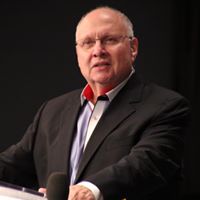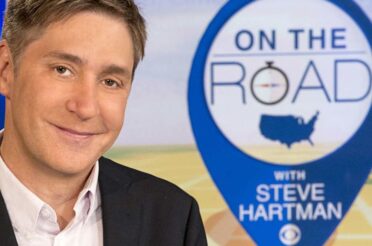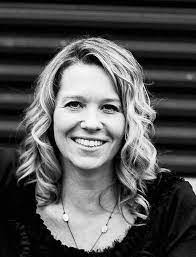By David Freeze
I recently came across a website (factretriever.com) that specializes in little known facts. The list had 52 running entries and these are the ones I didn’t know.
- In the late 19th century, running was called “pedestrianism.”
- Humans can outrun almost every other animal on earth over long distances.
- The treadmill was originally designed for English prisons as a tool for punishment.
- Because men‘s hearts are 20–25% larger than women‘s, especially the left ventricle, men can run longer and more easily than women.
- The youngest marathoner in the world is Budhia Singh of India, who completed 48 marathons before his fifth birthday.
- Lactic acid can build up in the body during strenuous running training, which can change the taste of breast milk.
- Runners report having a better sex life than their slower-paced counterparts.
- Feet strike the ground around 2,000 times per mile, at a force of three to four times the body’s weight.
- The Badwater Ultramarathon claims to be the world’s toughest footrace. Stretching 135 miles (217 km) from Death Valley (the lowest point in North America) to Mount Whitney (the highest point in the lower 48 states), this grueling race is by invitation only.
- The world’s oldest marathoner is Baba Fauja Singh from India. He was 100 years old when he completed the Toronto Waterfront Marathon in Canadain 8 hours, 25 minutes, 16 seconds. He says the key to his longevity is that he has “no ego and no greed.”
- Runners who wear red are more likely to win a race.
- Dubbed the “Marathon Man,” Belgian runner Stefaan Engels ran the marathon distance every day for a year, totaling 9,569 miles.
- Before the 1960s, drinking water was strictly prohibited from races shorter than 10 miles in the United Kingdom and much of Europe. It was believed that drinking water would make a runner weak.
- Recreational running didn’t become mainstream until the late 1960s. In 1958, the Chicago Tribune announced a strange new fitness fad: jogging.
- Author Oscar Wilde was forced to run on a treadmill during his two-year prison sentence.
- In the 1960s, running for exercise was so unusual that some people were stopped by police. People would try to run in the morning because police became suspicious if they saw a grown man running at night.
- Ethiopian Abebe Bikila ran barefoot when he won the 1960 Rome Summer Olympic marathon race in record time.
- Many runners suffer from black toenails, which is caused by bleeding under the toenails. Poor-fitting shoes are usually the culprit.
- Approximately 56% of people who run outdoors get a runny nose. Both cold and dry air have been shown to increase nasal mucous production.
- The average cost of quality running shoes in the United States is between $120 and $130.
- Runners replace their running shoes every 300–500 miles (483–805 km). If a person wears their running shoes for every-day use, the shoes will last only around 200 miles.
- Another reason men have an advantage is because testosterone stimulates muscle mass development and increases the concentration of red blood cells and hemoglobin.
- The first place a running shoe breaks down is in the midsole. If the ball of the sole is flexible, it is a key sign that the midsole is wearing out.
- Runners typically live longer than those who do not run.
- An average one-hour weight training session burns about 300 calories. A one-hour run burns about 600.
- Running for just 30 minutes a day boosts a person’s sleep quality, mood, and concentration levels.
- The sports bra was invented in 1977, which helped improve women‘s running apparel.
- Running is a high-impact activity, which means it strengthens and remakes bones along with muscles.
- Research shows that running stimulates the immune system to help fight off colds.
- Running is the most basic form of exercise because it uses a person’s own body, weight, and two legs.
- People who run an average of 5 miles (8 km) or more per day have a 41% lower risk of developing cataracts, which is the leading cause of age-related vision loss and blindness.
Local racing gets going again with the Mt. Hope 5K at Salisbury Community Park on October 17th. Look for more info on this and other events at www.salisburyrowanrunners.org







